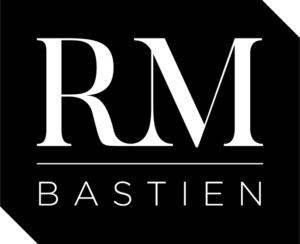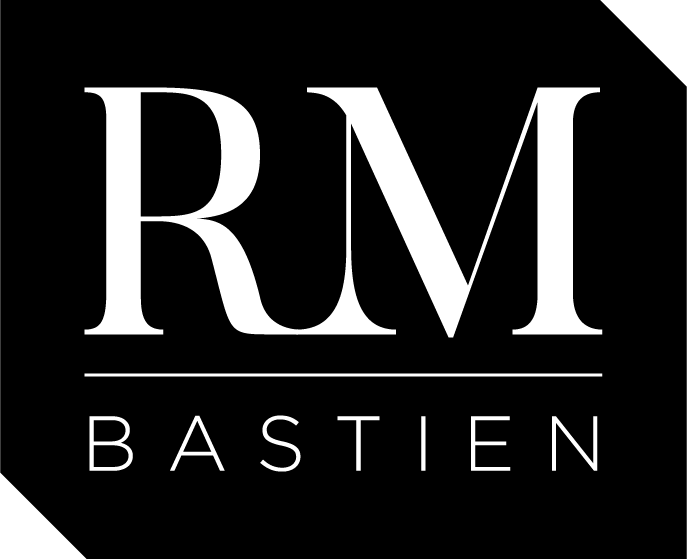Despite corporate IT’s renowned penchant for solving complex problems, there are some issues for which you should not count on them. The ones that involve conflicting accountabilities. Finding the clashing duties is not obvious, but this series of two articles will guide you to them. The first step is to understand what really counts.
Clashing Accountabilities in Pizza Delivery
In order to help you grasp the type of conflict at stake, let’s look at a simple example: pizza delivery. Let’s say you’re the proud owner of a high-end pizza restaurant and your delivery team is accountable for delivering orders in the shortest time possible. This makes sense, since your customers expect prompt service.
How do you make sure that speed is the top priority? Easy: with measured controls. Each driver is equipped with a wireless device that the customer signs upon receiving the ordered food. But this speed-related accountability could conflict with two other goals: minimization of fuel consumption and compliance with driving regulations. The faster the driver gets the awaited meal to its destination, the more fuel she burns while traveling the same distance. In addition, the shortest and fastest route to her destination would require the driver to ignore one-way streets, left turn allowances, and speed limits. So how do you address these additional factors while keeping customer experience at its highest level with short waiting times? The answer is once again with measured controls.
Controls are already in place for driving regulations: there are well known law enforcement bodies that will catch a driver ignoring these rules and give her a ticket or suspend her driver’s licence, leaving her jobless. Respecting the driving code may slow down the delivery process, but the non-compliance risks are such that everyone in the community agrees that all vehicles should conform. I’ll refer to this as an independent control mechanism. Street patrols cannot make the driver’s performance objectives theirs. Moreover, their own performance measures are at stake if they do not encourage or enforce strict observance of driving rules. As human beings, they may have compassionate feelings about the driver, but they have a job to do that is very well delineated from the pizza delivery business. Hence, from the point of view of attaining this objective, albeit conflicting with customer satisfaction, your pizza delivery process is adequately covered.
For the fuel usage objective, the situation is slightly different. You cannot count on an external body to take care of this. You’d probably put in place physical devices to continuously monitor fuel consumption on delivery cars. This device would show live consumption rates on the dashboard to favor driver learning of goof habits, and you’d get weekly reports cross-referenced to each driver’s on-duty periods.
With both delivery times and consumption ratios in hands, you and your drivers have what it takes to balance these conflicting objectives: (1) measured delivery times for each run, (2) legal safeguards for careful driving, and (3) gauged fuel consumption for each driver’s work shift.
The last thing you need is to find a way to motivate your drivers to harmoniously juggle these conflicting targets. I’ll let you imagine how you’d do it. There is a wide range of options, from warmly felt taps on the back to annual hard cash bonuses.
There is one last point to draw your attention to: data on the attainment of these objectives are both independently gathered and quantitatively measured.
Now that we’re warmed-up, let’s drop the pizza delivery industry for a moment and get down to the corporate IT business.
Corporate IT Accountabilities Made Simple
Corporate IT is made up of a wide variety of roles. If we took all of these jobs and analyzed how performance translates into measures, we’d fill hundreds of pages. Furthermore, these duties are, for the most part, fairly technical and non-IT people have a hard time relating to what achievement or efficiency practically mean.
But this is not your field of expertise, and your expectations from IT are at another level. So we need to elevate ourselves to the highest level of anticipation toward the IT function, the one where what IT does makes sense to a business person. Incidentally, this exercise allows us to prune through an intricate mesh of techno duties and get to the real, business-rooted measures of achievement.
What kind of technology-related achievement will make your IT executives shine? What type of counter-performance would be career threatening for senior IT staff? Easy! Find out the measureable indices, for which data is systematically collected and that use standardized units.
The typical performance indicators and their accompanying measures are summarized in the table below. Take a moment to have a good look:
Recognized Performance Indices
There are in fact only two sets of standardized, quantitatively measured duties: they are labelled Keep The Light On (KTLO), which deals with operational stability and efficiency, and On-Time On-Budget (OTOB), which covers efficiency in managing major changes.
There are of course other counter-performance issues that could lead to dismissal, such as skill retention issues or leadership problems, but the table above deals only with the core accountabilities that apply exclusively to the IT function.
One striking point about the table is that the accountabilities are quantitatively measured; not by approximate measures, but rather by highly precise gauges, which in some cases are within three digit decimal fractions! Also remarkable, all of these metrics use standardized units of measure applicable to all possible cases. They are easy to understand, both from the side that delivers (IT) and the side that pays (you). Universality and the quantification of the measures of performance both indicate the importance of any given accountability. One last important observation, albeit less obvious, is that these measures are easily auditable. You could decide to have these metered by independent parties to avoid that the counting party isn’t also the one that is being evaluated.
In your organization, there are certainly other gauges in place, but how do they measure against the ones above in terms of business criticality? Are they qualitatively evaluated or hard-numbered? Are they related to IT accountabilities or general measures applied to all functions?
My guess is that the really important stuff is what is closely related to the table above: flawless execution in support of the operations, and managing change within planned budgets and time frames.
Are You Satisfied?
Now, what about all the other good things that you should expect from what your corporate IT function delivers? For example, what about adaptability to change, compliance to standards, or maintainability of delivered assets? How about speed? What about quality? Isn’t IT delivering tangible “stuff” that should be counted, trended and compared, like any other corporate function? Why aren’t these other elements represented in the table above?
They are absent, along with the many other expectations that you may have in mind, because the conflicting accountabilities of the usual corporate IT engagement model push them to third – and far behind these two categories – regardless of their innate virtues. That’s what we shall see in Part 2 of this article. And we’ll come back to pizza delivery too!

